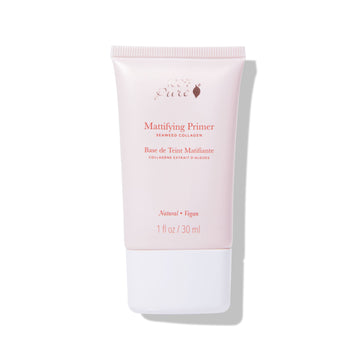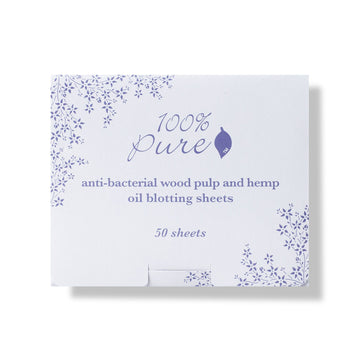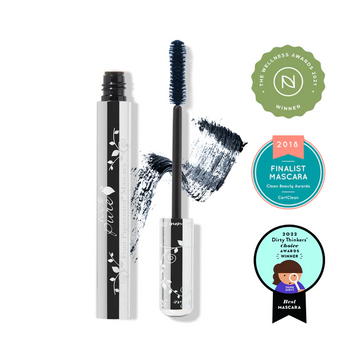Perk up sleepy eyes with easy makeup tips
Written by: 100% PURE ®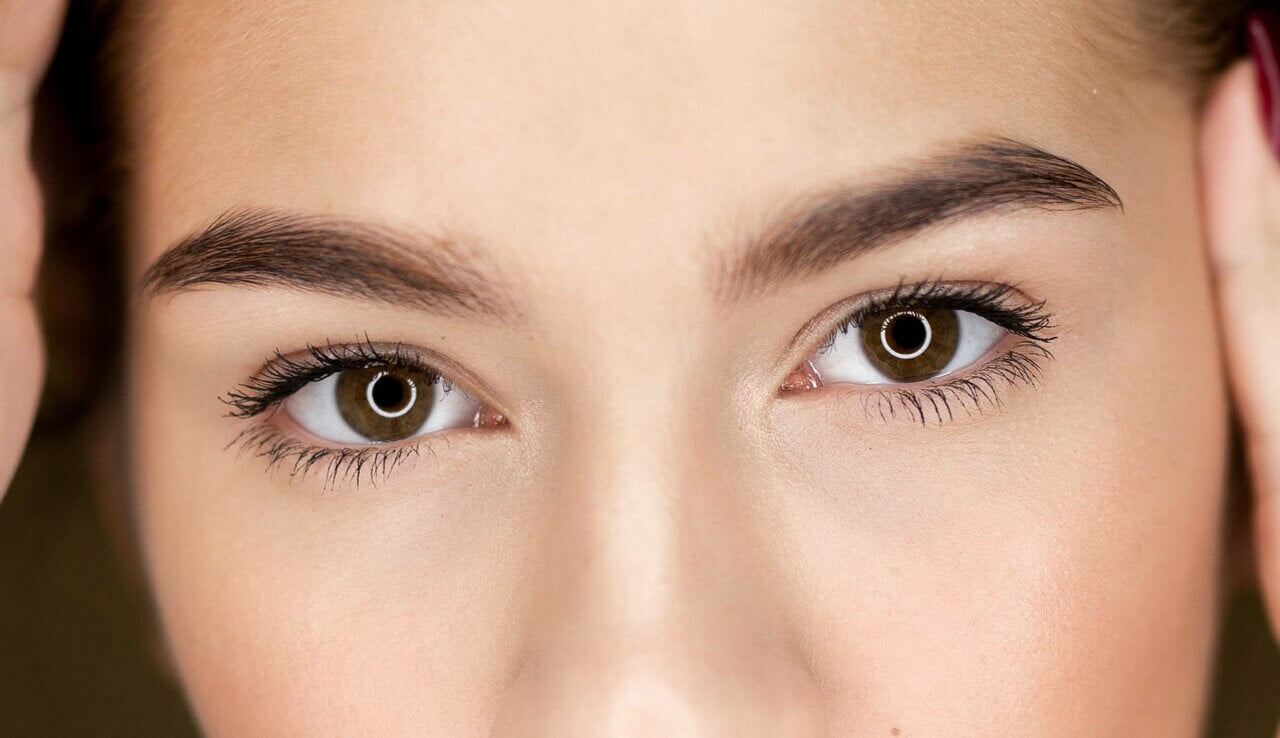
In the era of the face mask, our eyes are the most important and noticeable features in relaying how we look. Chances are, if you’re a chronic late nighter, have an imbalanced diet, or suffer from allergies (welcome, fall), you have a case of puffy eyes. Have you found yourself wondering like so many of us lately, how to get rid of puffy eyes?
To help answer this question, we’ve rounded up the causes of puffy eyes and how to de-puff them. Read on as we’ll also share how to apply eye makeup in the event of a chance, unfortunate encounter with puffy eyes.
Our eyes are not randomly chosen by the peeper police who they’re going to interrogate overnight. Anyone is susceptible to puffiness and its frequent partner in crime – discoloration – in the under-eye area. While a less than eye-dyllic sleep schedule or imbalanced diet is mostly to blame, puffy eyes can seemingly pop up without cause.
Before we talk about how to get rid of puffy eyes, let’s talk about a few of the top things that cause them.
Poor Sleep
Did you wake up this morning with bags under your eyes unknowingly packed by yours truly? If you’re a night owl or early riser, that lack of sleep isn’t a friend to perky-looking eyes. Couple that with indulging in a tearjerker the night before, and your puffy eye bags have exceeded land (and air) travel.
Excess Salt
Who can deny a sweet romantic movie in the wee hours without its salty lover boy co-star: popcorn! Unfortunately, the buzzkill is that too much salt or sodium can make your face retain water, leading to puffiness. The excess water leads to under-eye swelling or the appearance of under-eye “bags”.
Poor Diet
The phrase “you are what you eat” not only applies to your body but your eyes as well! There are a lot of dirty little secrets in fast food, as we know. Packaged, frozen, canned, and sugary meals can also be culprits. Whether it’s grease or high salt content, certain foods can contribute to a puffy eye area.
PRO TIP: If you’re gluten intolerant or allergic to wheat, eating bread could cause you to wake up feeling bloated and puffy. Milk, cheese, and ice cream are also inflammatory foods and can cause swelling in the eye area, especially if you’re allergic to them.
Allergies
The dreaded seasonal allergies can also be a major trigger of puffy eyes. You’ll also experience itchy eyes and red eyes, leading to even more inflammation. While some allergy treatments and eye drops can help, certain seasons can make this type of puffiness tough to beat.
Sleeping Position
Attention side and stomach sleepers: puffy eyes could be a result of your sleeping position. We know the comfort of side sleeping. However, it puts pressure on your face and neck where fluid will collect. The result: puffy eyes – not to mention potentially clogged pores.
Newsletter Subscribe
for more blog updates and exclusive discounts
If our eyes are the windows to our souls, we sure don’t want them giving all our secrets away! While it’s common that sleep deprivation or an imbalanced diet create puffiness, any culprit can strike – so we need to be ready.
To ensure our eyes are presenting their best selves, it’s important to give the delicate eye area the TLC it needs. Follow these simple, quick steps to go from puffy to fabulous eyes in no time!
#1: Use a Cool Compress
Apply a clean, wet washcloth to your eye area. You can also chill a spoon in the fridge and use the back of it to gently massage the area. Consider keeping your eye cream or serum in the fridge and applying it as a cooling gel.
#2: Apply Caffeine
We know caffeine is a pick-me-up, and the eyes are no exception! Our Coffee Bean Caffeine Eye Cream contains green coffee extract, green tea, and coffee cherry to pack a triple dose of stimulating caffeine content. Pairing it with our Caffeine Mask promotes double the plumpness, elasticity, and vibrancy for skin.
#3: Gentle Massage
We know massages can lessen the fluid retention which causes puffiness. Using gentle tapping motions with your index and middle fingers (no tugging or dragging), tap out a circle around your eyes. Tapping brings blood flow to the area.
#4: Use Cooled Jade Rollers or Gua Sha
The benefits of jade rolling or gua sha are said to include smoothing and sculpting the skin and relieving facial tension and sinus pressure. They’re also said to help relieve headaches, stimulate blood flow and oxygen, and reduce puffiness under your eyes.
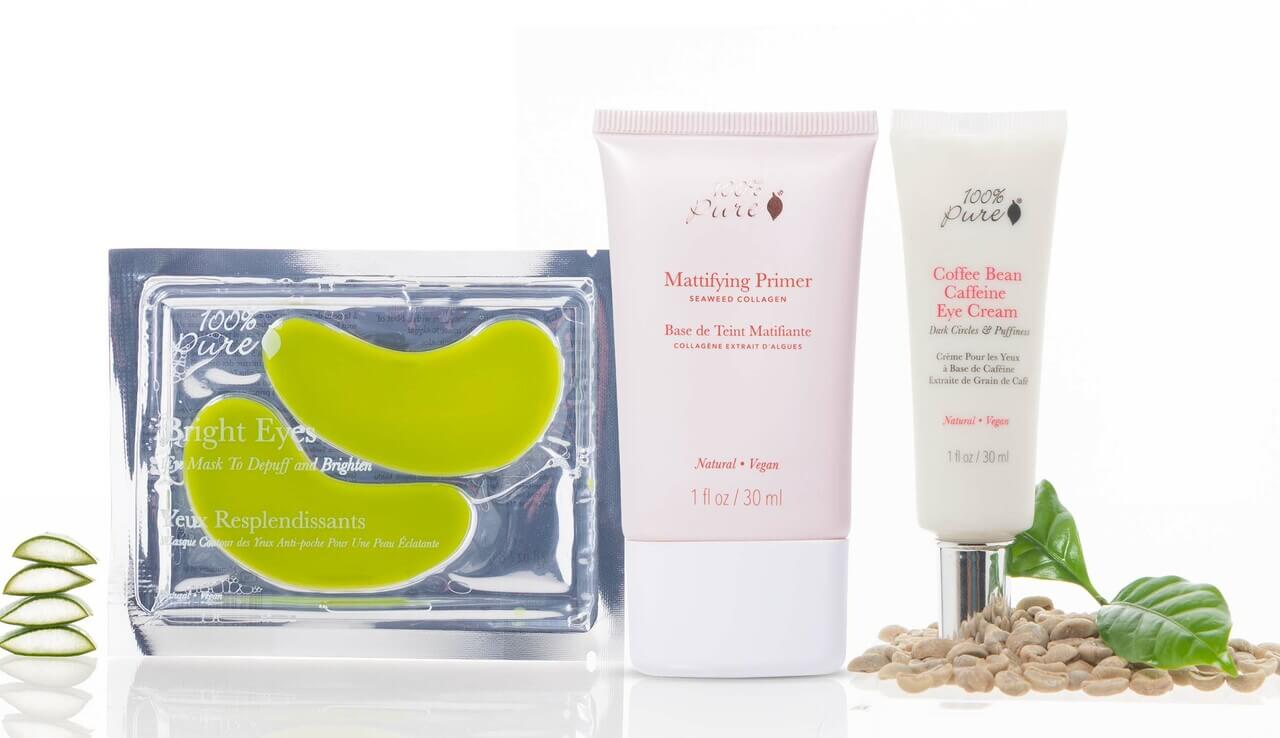
Whether it’s due to stress, genetics, or improper diet, having puffy eye bags can be quite a frustrating dilemma. It can be even trickier to apply eye makeup when your eyes are puffy and you’re trying to achieve a flawless makeup application. We have some easy tips to make this possible regardless of the cause of your puffy eye woes.
Use an Eye Primer
Using a mattifying primer reduces the amount of oiliness on your eyelids and helps to ensure your gorgeous eye makeup application stays put. It especially improves the look and longevity of powder eyeshadows.
Reduce Oily Textures
Opt for a lightweight eye gel or cream under your eye makeup instead of a heavier eye serum. Keep blotting sheets with you to dab extra oil that appears throughout the day.
Ensure Your Mascara Is Flake-Free
Use a flake-free mascara and apply just one coat with a light hand. That’ll encourage your mascara to stay put on your lashes rather than end up smudged under your eyes. Avoid applying mascara to your lower lashes to further lessen the chances of unwanted smudging.
It’s important to remember that there may be more than one specific eye puffiness factor at play in your daily life. Most are avoidable, and simply come down to a little extra care! Hopefully, with that knowledge coupled with our tips, you’ll be well on your way to bright eyes.
- Tags: how-to, Makeup, November-2021, Skin Care
We carefully hand-select products based on strict purity standards, and only recommend products we feel meet this criteria. 100% PURE™ may earn a small commission for products purchased through affiliate links.
The information in this article is for educational use, and not intended to substitute professional medical advice, diagnosis, or treatment and should not be used as such.













